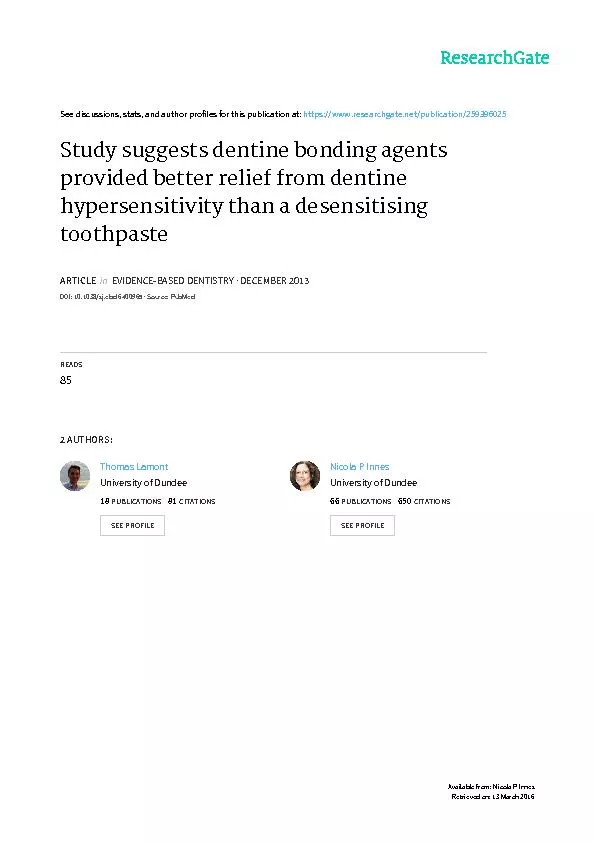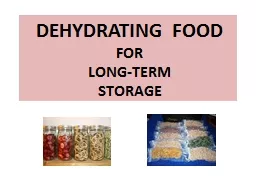PDF-Gretel Dentine, Eagle Heights Workshop, 8/14/10 Dehydrating Herbs and
Author : mitsue-stanley | Published Date : 2016-03-12
Gretel Dentine Eagle Heights Workshop 81410 Nutritional content is not completely preserved with drying but careful treatment and storage can keep much of the food
Presentation Embed Code
Download Presentation
Download Presentation The PPT/PDF document "Gretel Dentine, Eagle Heights Workshop, ..." is the property of its rightful owner. Permission is granted to download and print the materials on this website for personal, non-commercial use only, and to display it on your personal computer provided you do not modify the materials and that you retain all copyright notices contained in the materials. By downloading content from our website, you accept the terms of this agreement.
Gretel Dentine, Eagle Heights Workshop, 8/14/10 Dehydrating Herbs and: Transcript
Download Rules Of Document
"Gretel Dentine, Eagle Heights Workshop, 8/14/10 Dehydrating Herbs and"The content belongs to its owner. You may download and print it for personal use, without modification, and keep all copyright notices. By downloading, you agree to these terms.
Related Documents














